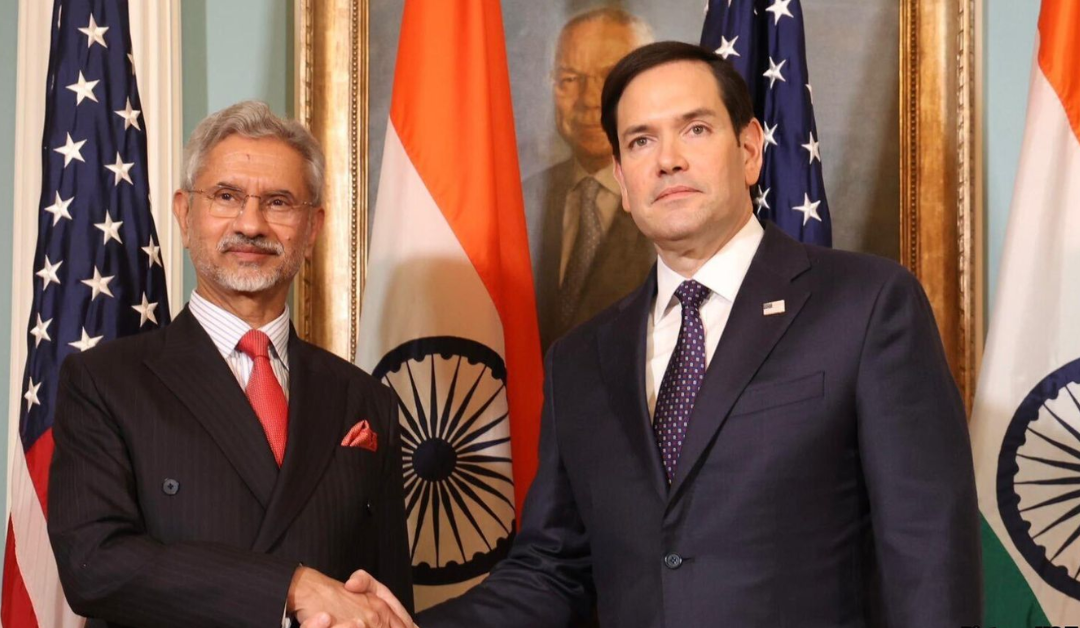India and U.S. Fast-Track Trade Talks, Targeting 500 Billion USD Deal by 2030

Strategic Negotiations Set to Yield Preliminary Agreement Within 90 Days
In a significant move to bolster economic ties, India and the United States have embarked on accelerated negotiations for a bilateral trade agreement. Both nations are optimistic about finalizing the initial phase of this deal within the next 90 days, setting the stage for a comprehensive trade partnership aimed at doubling their bilateral trade to $500 billion by 2030.
Foundations Laid for Expedited Trade Agreement
Recent discussions have culminated in the finalization of the terms of reference for the first phase of the trade agreement. This framework will guide the forthcoming negotiations, focusing on enhancing market access, reducing tariff and non-tariff barriers, and integrating supply chains to ensure mutual economic benefits.
An Indian trade official highlighted the progress, stating that India is advancing more rapidly in trade talks with the U.S. compared to other countries. Regular virtual engagements are planned to maintain momentum and facilitate continuous dialogue.
Contextualizing the Trade Initiative
The impetus for these expedited talks stems from recent shifts in U.S. trade policy. President Donald Trump’s administration has paused reciprocal tariffs for several countries, including India, creating an opportune moment for New Delhi to seek favorable terms in a direct trade agreement with Washington.
Despite the U.S. imposing a 26% tariff on Indian goods, India has strategically chosen not to retaliate, aiming to preserve a conducive environment for negotiations. This restraint underscores India’s commitment to achieving a long-term, mutually beneficial trade relationship with the U.S.
Broader Economic Objectives
The envisioned trade agreement is part of a broader initiative, dubbed “Mission 500,” which aspires to more than double the current bilateral trade volume. Key sectors under consideration include industrial goods, labor-intensive products, agricultural commodities, and services. The agreement also aims to address regulatory alignments and trade facilitation measures to streamline commerce between the two nations.
Commerce and Industry Minister Piyush Goyal emphasized the complementary nature of the Indian and U.S. economies, noting that mutual concessions and tariff reductions could significantly enhance trade flows. Both countries are preparing for sector-specific discussions to identify areas of synergy and collaboration.
Implications for Global Trade Dynamics
This accelerated bilateral engagement between India and the U.S. occurs against a backdrop of global trade realignments, particularly amid escalating tensions between the U.S. and China. As countries worldwide reassess their trade partnerships, the India-U.S. trade agreement could serve as a model for strategic economic cooperation, balancing national interests with global trade imperatives.
The successful conclusion of this agreement would not only strengthen economic ties between the two democracies but also contribute to a more diversified and resilient global trade architecture.





No Responses